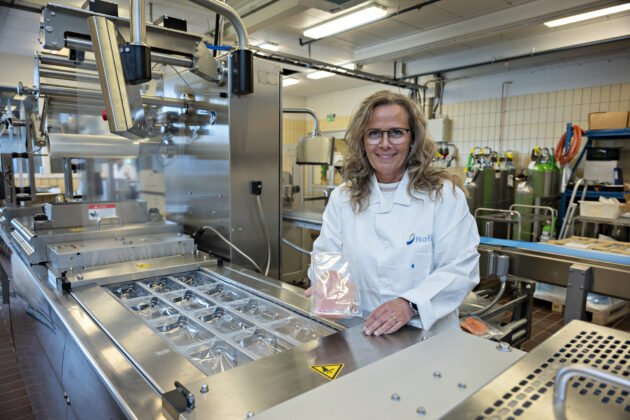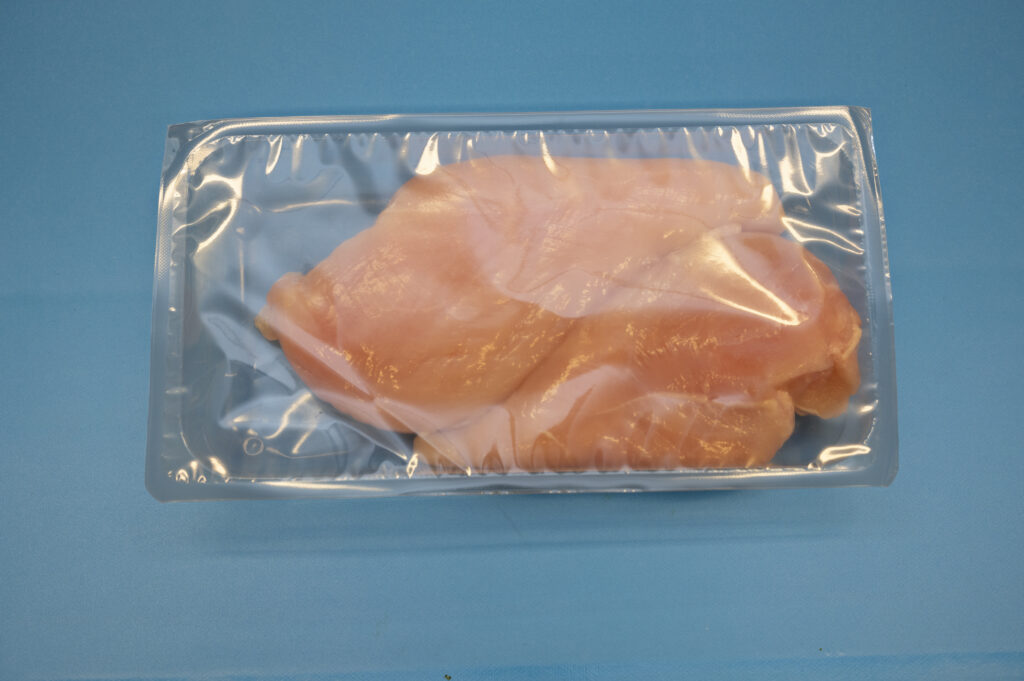New EU Packaging Rules: How They Affect You

Changes are coming soon to your local supermarket. The EU is introducing stricter regulations for food packaging. Here are the key points you need to know.
“In the coming years, you will discover new developments regarding the appearance and function of food packaging”. This is according to senior researcher and expert on packaging materials, Marit Kvalvåg Pettersen at Nofima.
The reason is that the EU are now beginning to implement rules aimed at reducing an ever-increasing amount of packaging waste.
How the packaging will look
Packaging will be simpler, and have less colour, and more packages will become transparent. The EU is also increasing requirements for packaging to be used multiple times, which may lead to new deposit schemes.
“By 2030, the EU requires all packaging to be reusable or recyclable in an economically viable manner. This is meant to contribute to the EU’s green growth strategy for a modern, resource-efficient and competitive economy,” explains Kvalvåg Pettersen.
In the EU project MICROORC and the Green Platform project Re3-Plast, she and her research colleagues are working with industry to develop and study new packaging solutions made of plastic and other innovative materials. This is important because the industry need to have alternatives when the new rules come into effect.

You must adapt to new packaging schemes
Some food items may risk having a shorter shelf life as a result of less and changed packaging. For example, you will see less plastic around fruits and vegetables.
When removing the plastic around several types of fruits and vegetables, they lose some moisture, resulting in poorer quality than with plastic. It is important that you as a consumer are aware of this so that you do not have to throw away food unnecessarily.
“This is something we are working on developing good solutions for. We do not want increased food waste. Our studies have shown that it is possible to use recyclable packaging that also maintains quality,” says Kvalvåg Pettersen.
In the MICROORC project, they are working precisely with these recyclable packages so that you as a consumer will not have to experience poorer quality and shelf life.
More expensive and less variety
When food producers soon must comply with the EU’s new requirements, it may become more expensive to produce packaging. Kvalvåg Pettersen explains that they assume food producers will also have to pay a fee based on recyclability.
For you, as a consumer this could mean:
- Slightly higher prices on certain items
- Fewer choices in the stores
- More similar packaging on different products
The changes will be implemented gradually from 2025.
Facts about the project
MICROORC – Orchestrating Food System Microbiomes to Minimize Food Waste, started on November 1st, 2023, funded by the European Union’s Horizon Europe research and innovation program under Grant Agreement N° 101136248.
The tools and technologies developed in MICROORC are positioned at a high level of research and innovation (R&I) maturity and are expected to achieve TRL6-7 by the end of the project.
A multinational, multi-actor and trans-disciplinary consortium including cutting-edge companies and experienced research institutions has been established to develop and pilot tools, technologies and guidelines that utilize and control microbiomes for fighting food waste to ensure transition to more sustainable food production and consumption. The MICROORC consortium is organized into seven work packages, designed to address the project specific objectives.
Contact persons
Topics
Packaging materials
Files and Links

